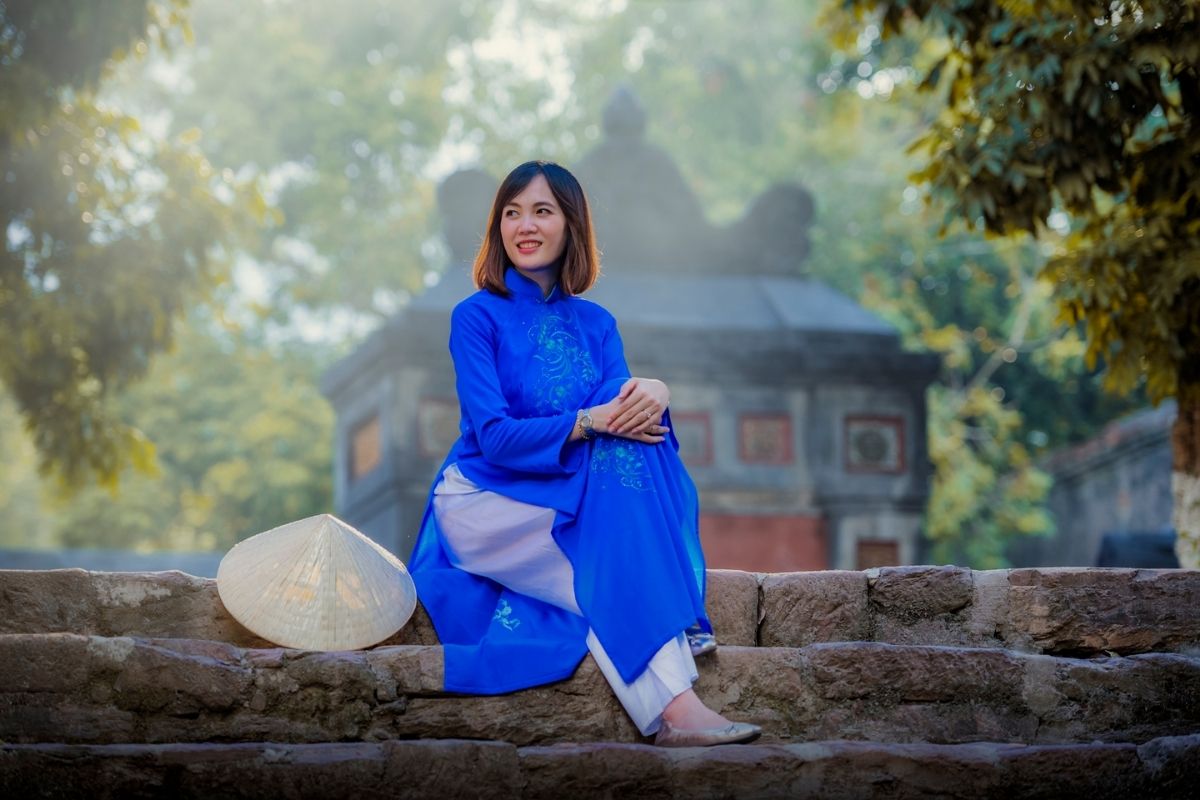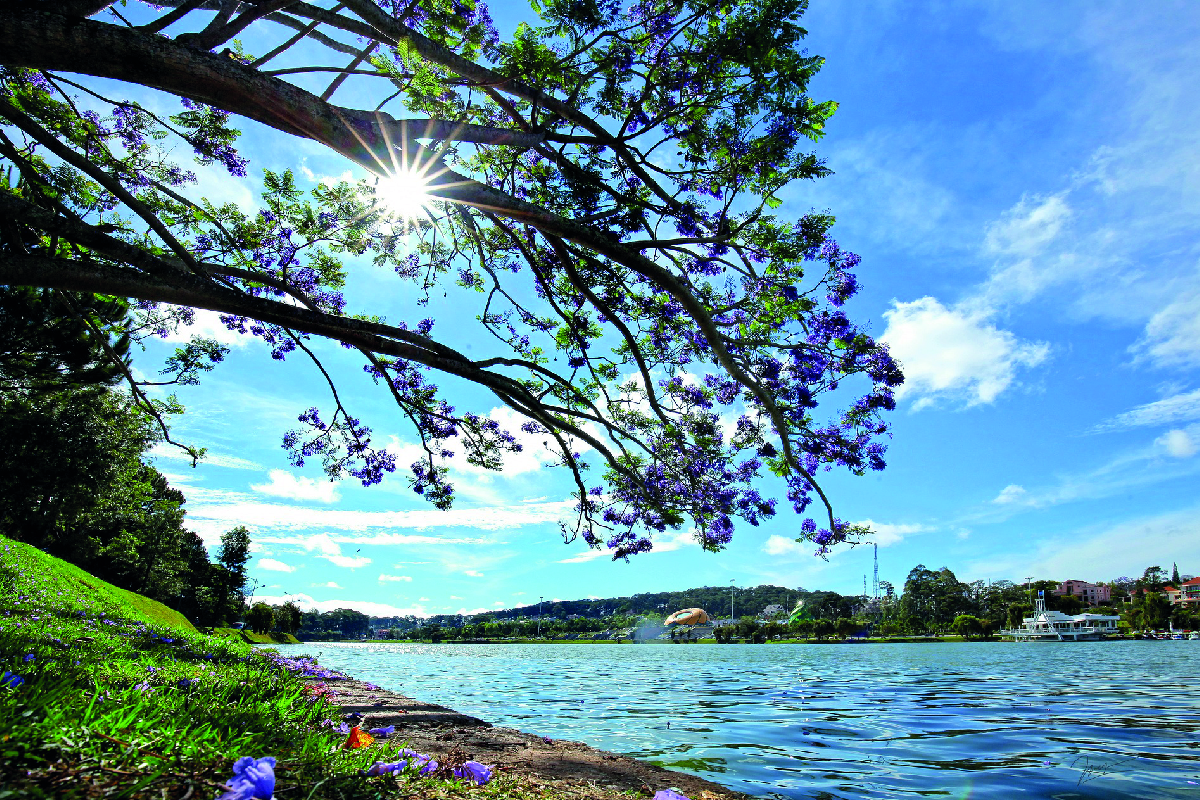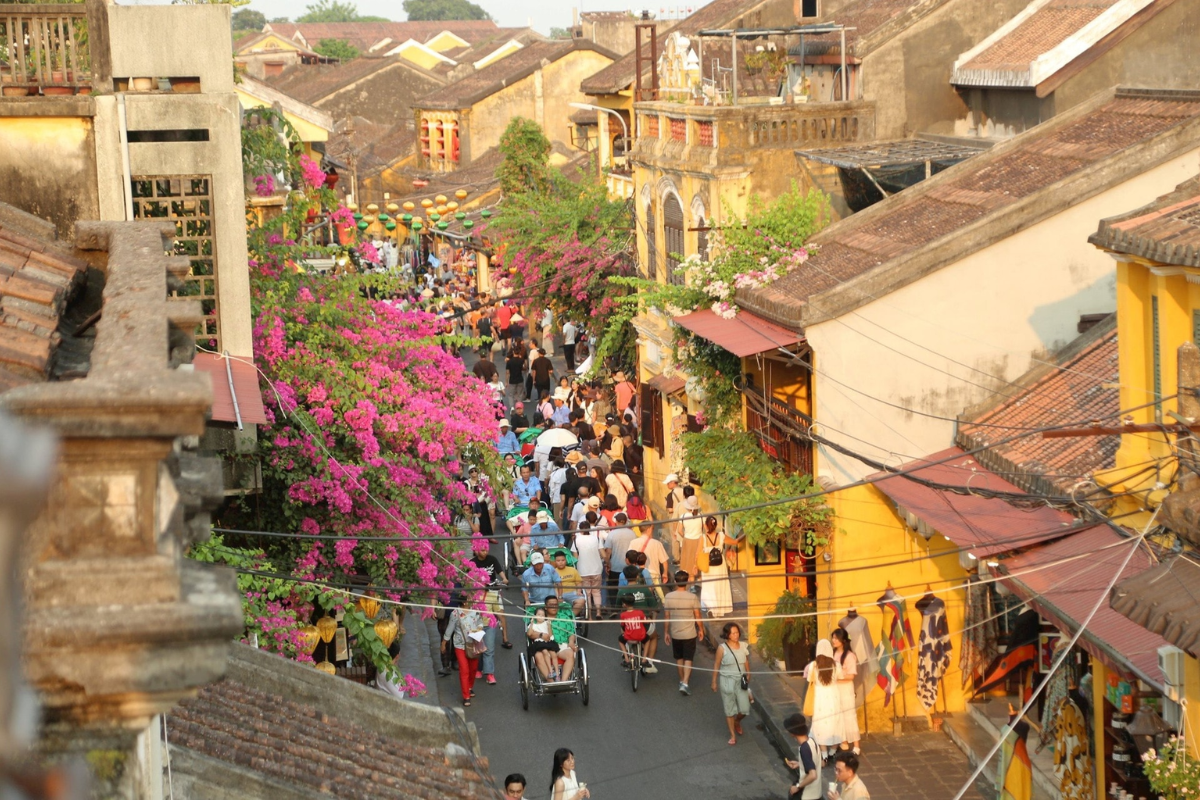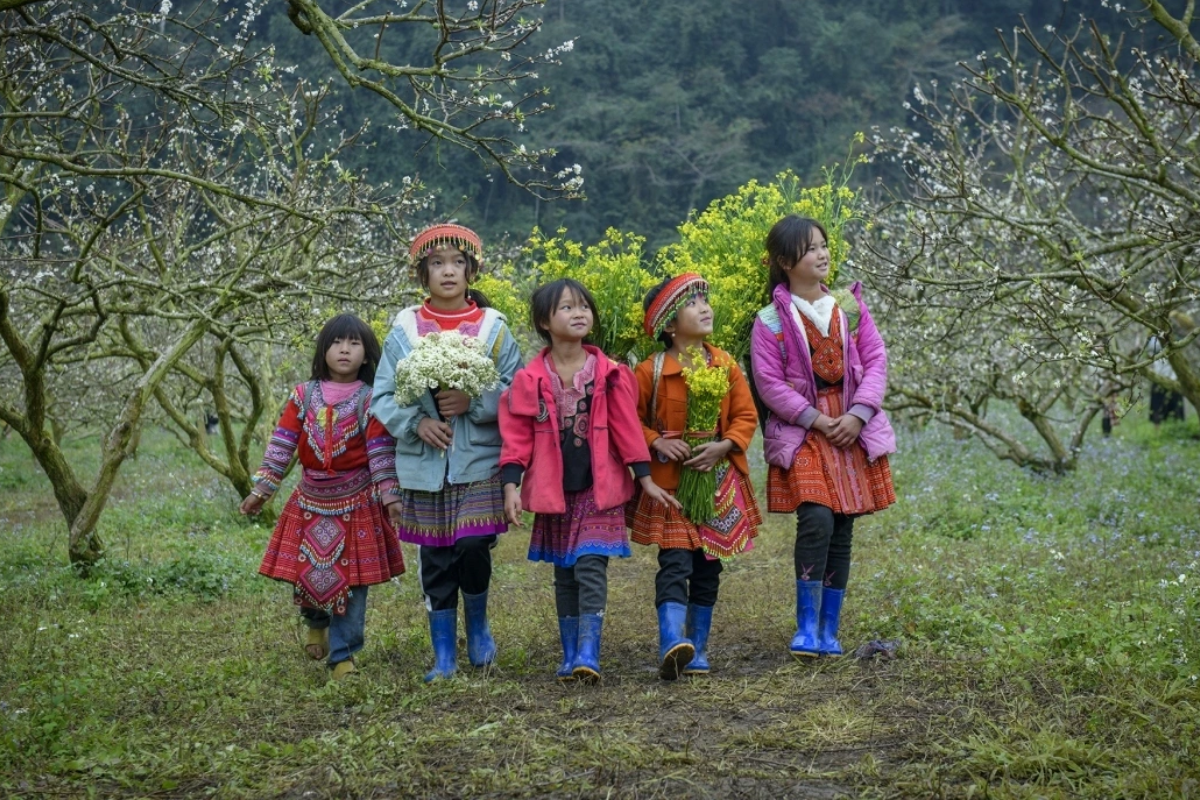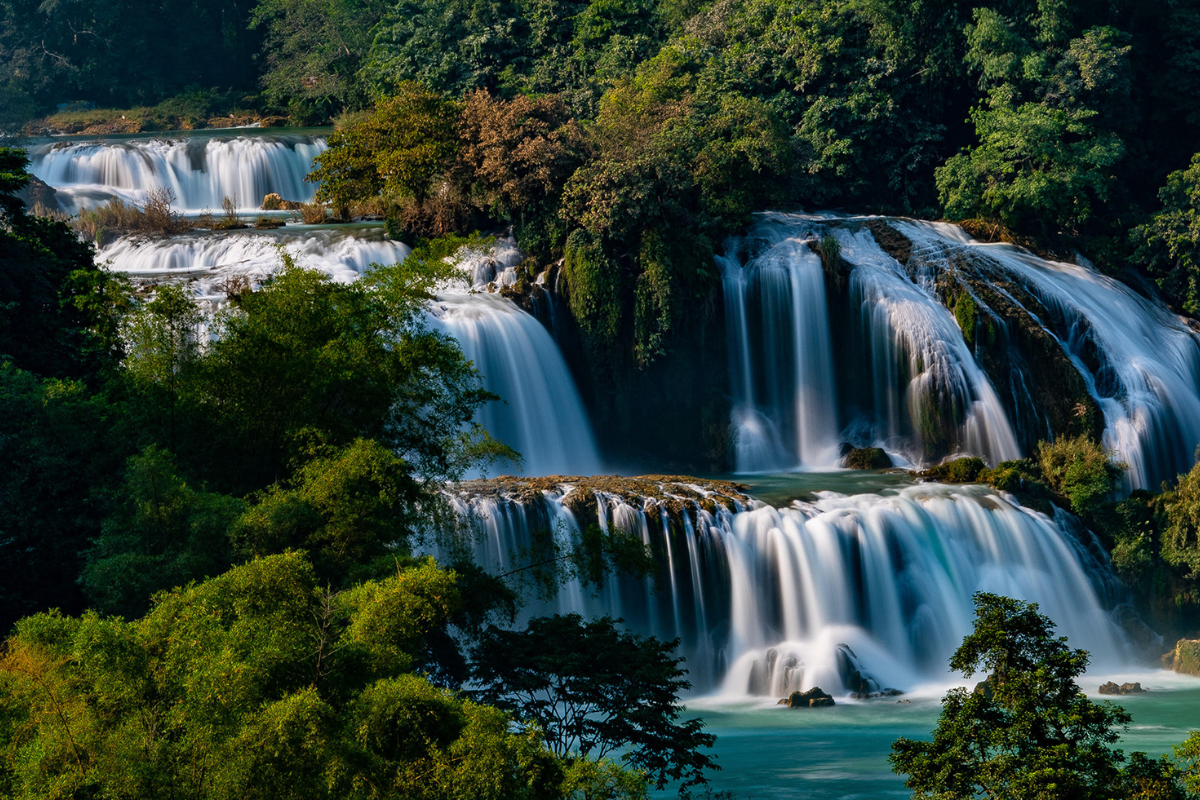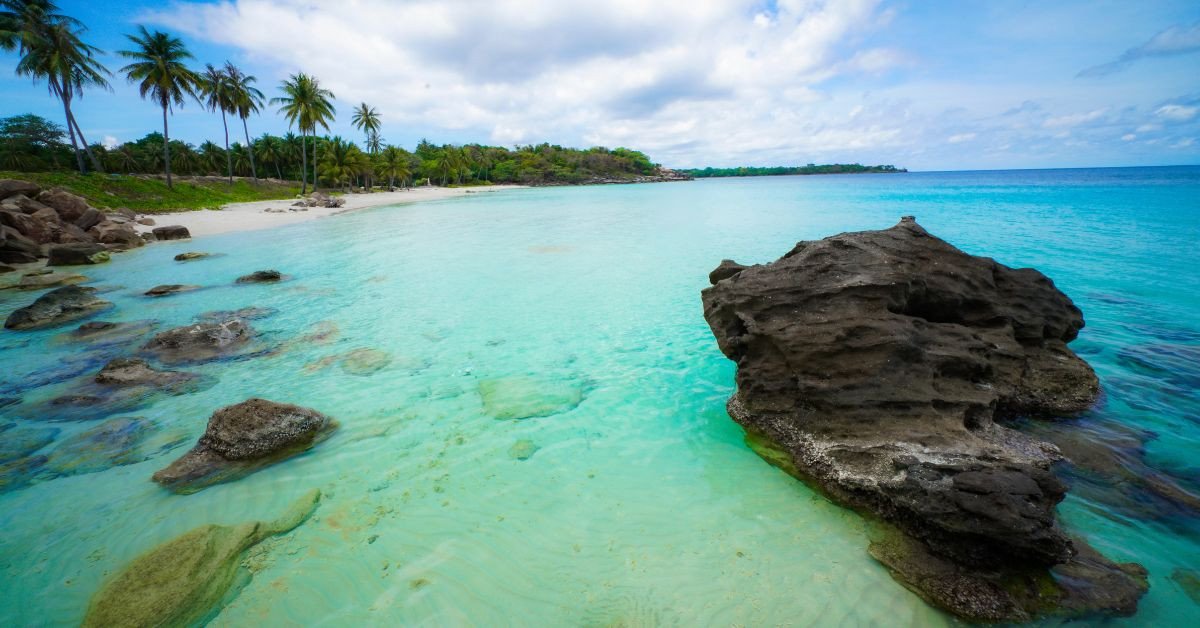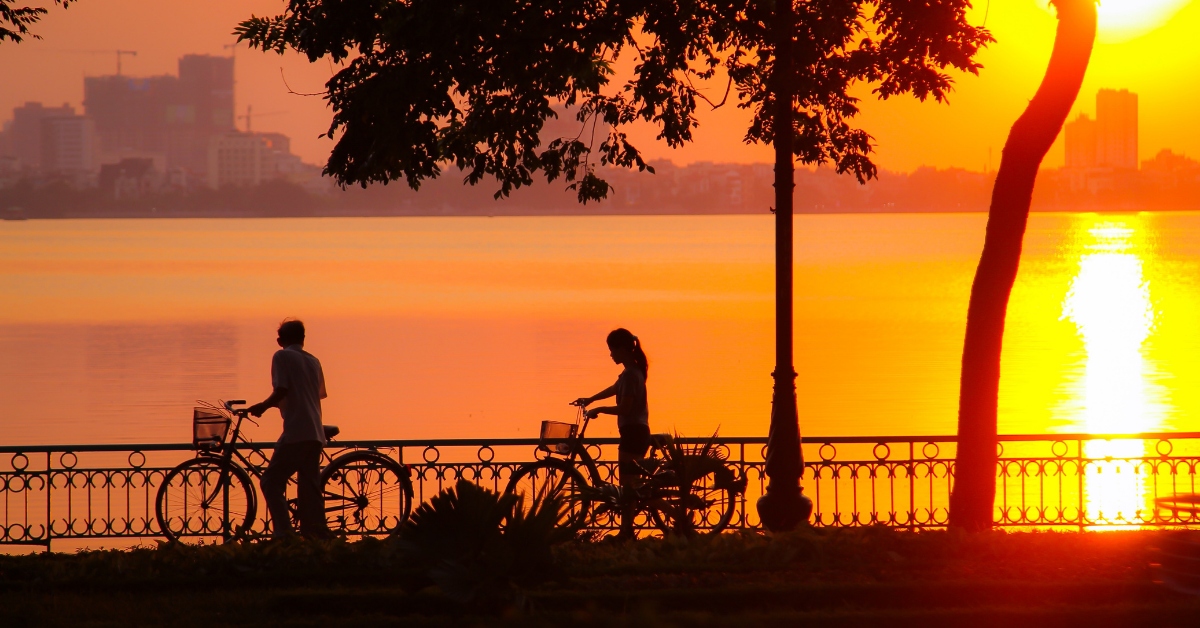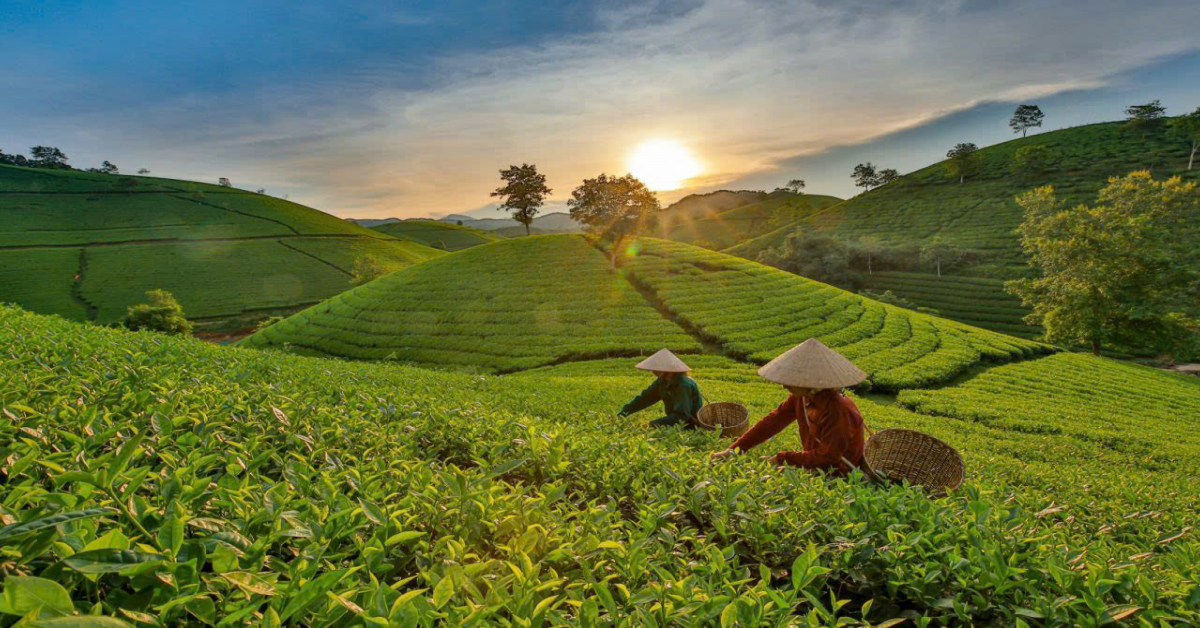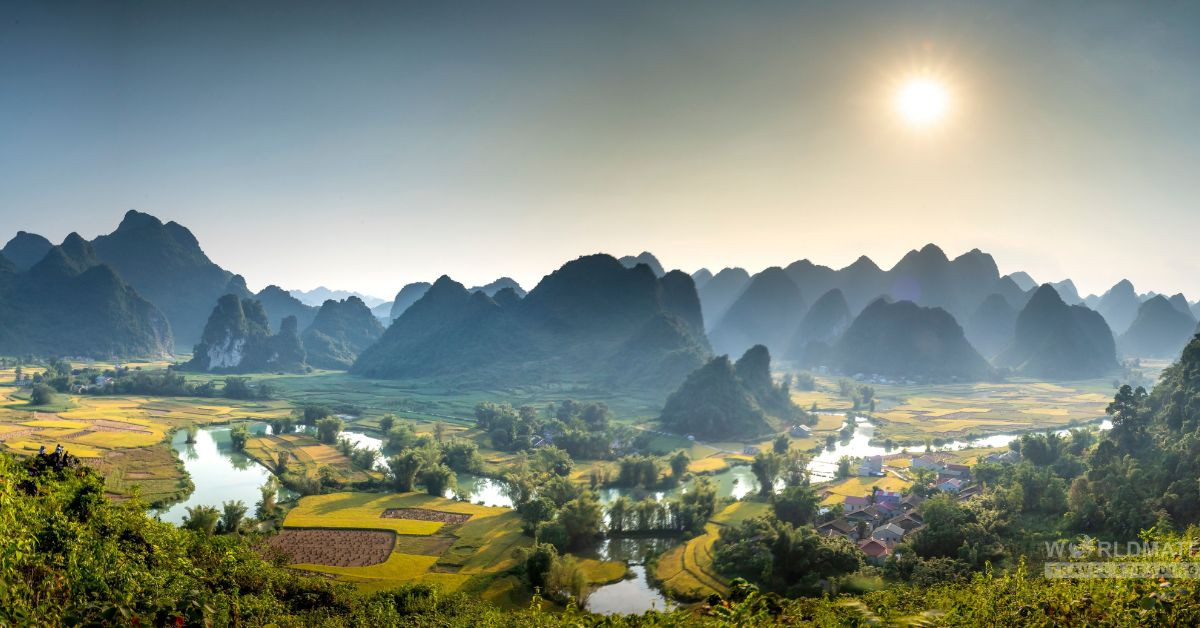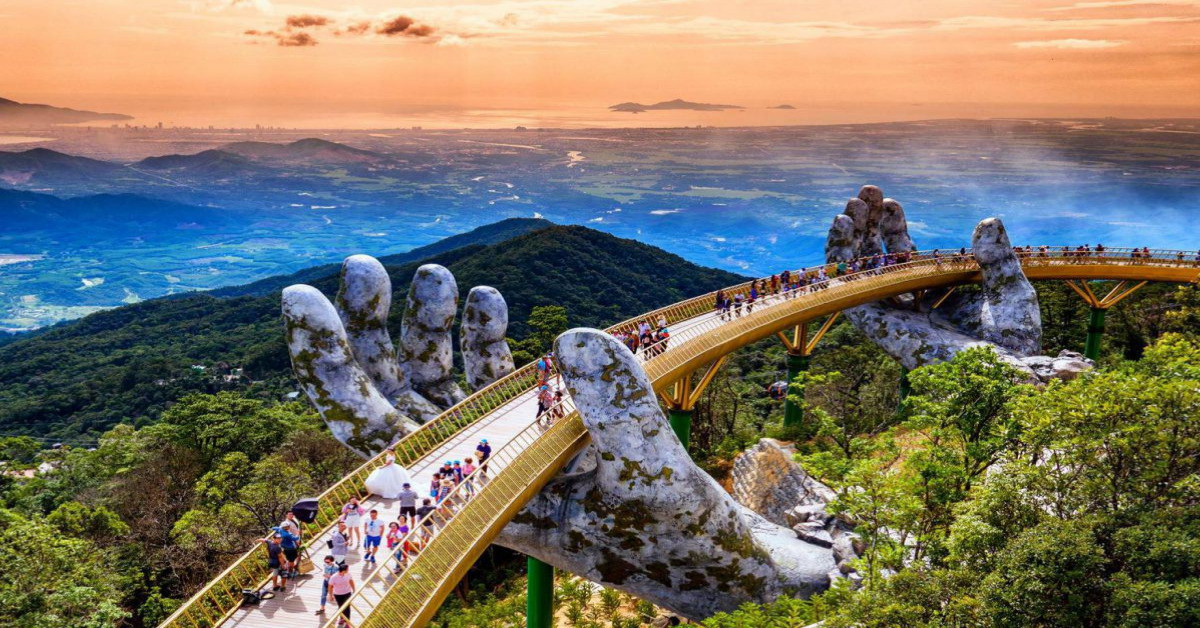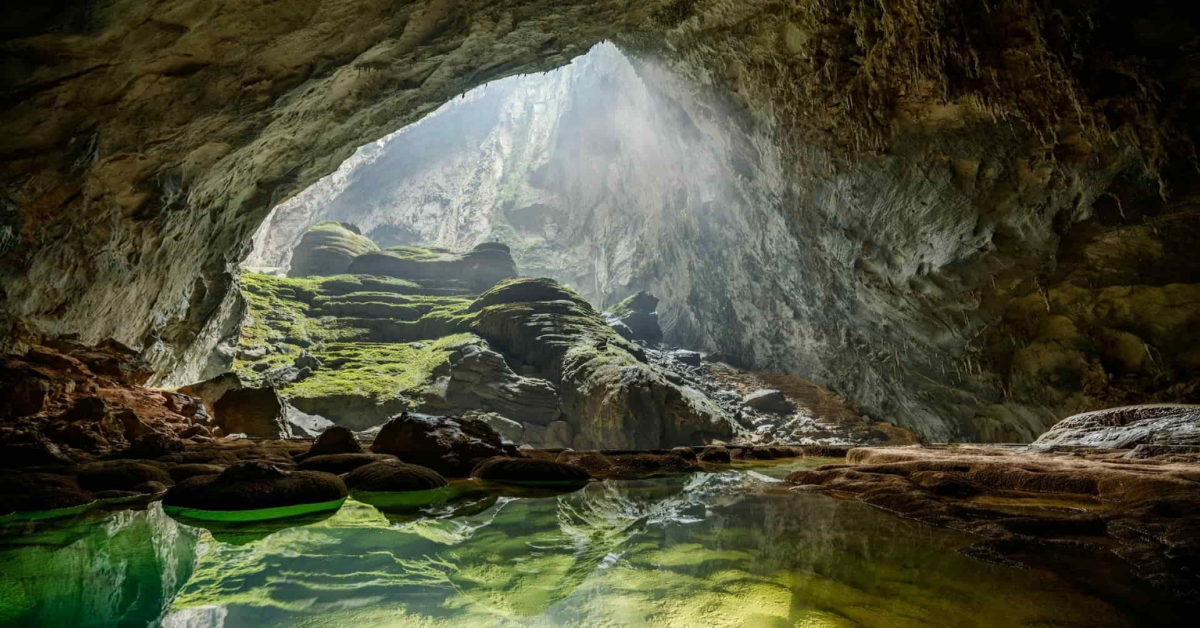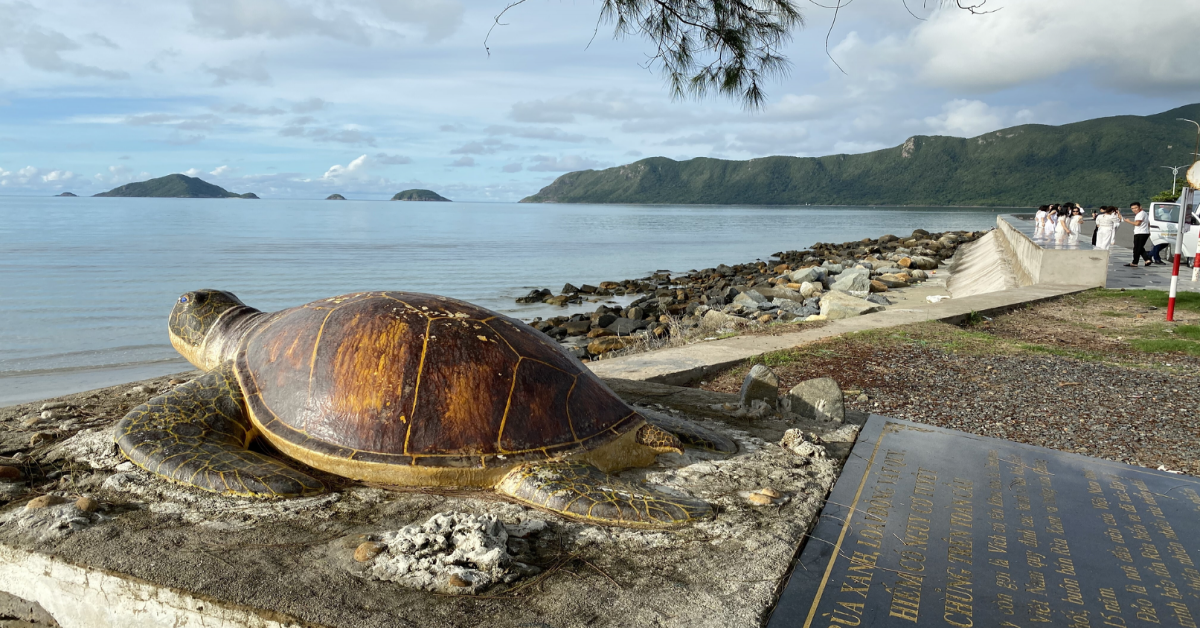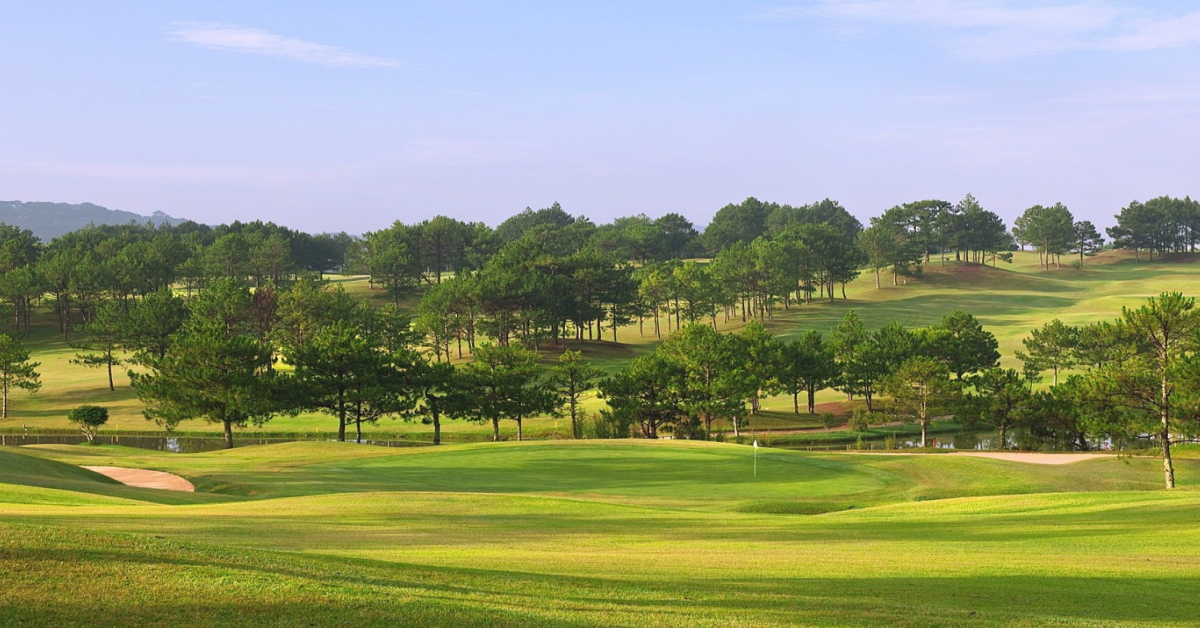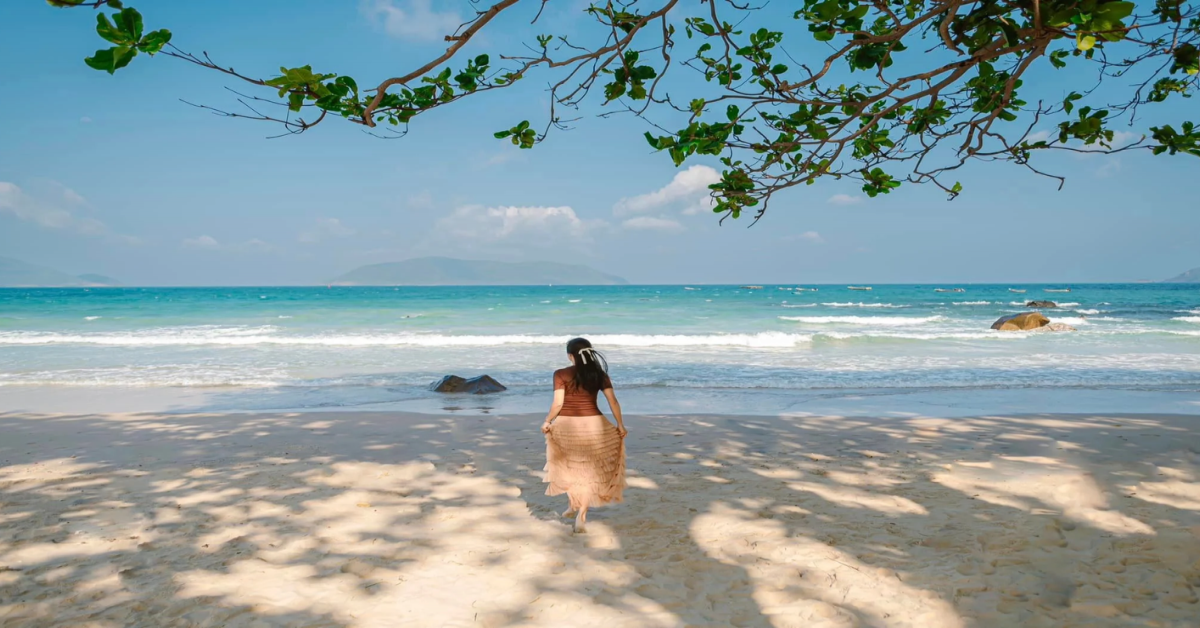16 Must-See Tourist Attractions in Hanoi
Immerse yourself in Hanoi’s bustling city streets to truly experience Vietnamese life. As the nation’s capital, Hanoi is a thriving economic hub that still holds tightly to its traditional roots, offering a unique blend of old and modern Vietnam.
The Old Quarter is Hanoi’s main tourist draw. It buzzes with street vendors, and its cafés and restaurants are lively, contemporary spots. Even crossing the street here can be an adrenaline-pumping adventure.
When the crowds become overwhelming, Hanoi offers plenty of peaceful retreats.
Hoan Kiem Lake provides a tranquil escape right in the city center, while the Temple of Literature and the Vietnam Museum of Ethnology are perfect for reflecting on Vietnam’s rich history.
For more sightseeing ideas, check out our list of top attractions and things to do in Hanoi.
1. Discover Hanoi’s Old Quarter
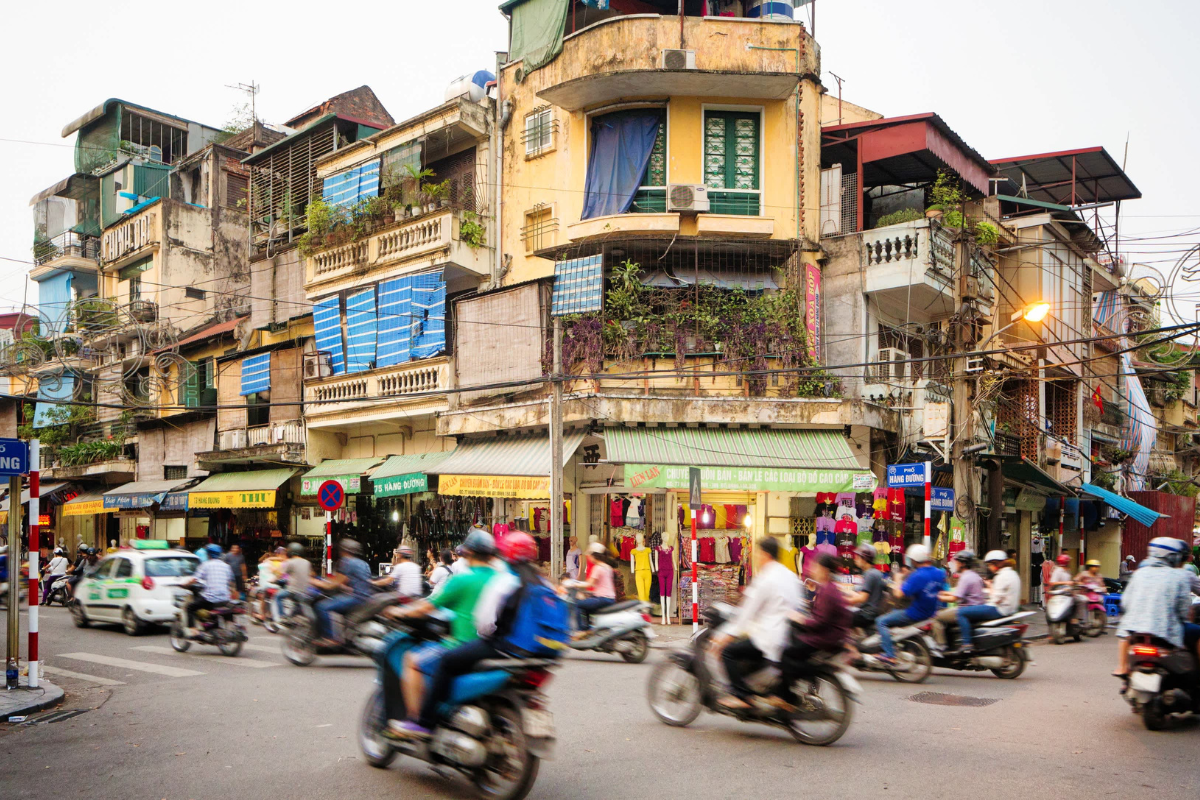
Old Quarter Hanoi
This labyrinthine quarter of narrow alleys is the commercial heartbeat of the town, with a history stretching back 1,000 years.
It’s a charmingly dilapidated area where remnants of medieval architecture coexist with the modern hustle of motorbikes, street vendors, and bustling commerce.
Look up as you wander, and you’ll see plenty of vernacular shophouse architecture. Traditionally, merchants lived above their shops in long but narrow two-story dwellings, tightly packed along the alleyways.
The backstreets offer a great opportunity to soak up the vibrant street life of Hanoi.
You’ll find plenty of street food, pavement vendors selling fruits and vegetables, and stalls offering traditional medicines and Buddhist religious items.
A relic of French Colonial rule, St. Joseph’s Cathedral (Nha Tho Street) stands in the heart of the old quarter. Built in 1886, it is a fine example of neo-Gothic architecture.
The façade is intricately decorated with two bell towers, and inside, you’ll find delicate stained glass windows. The main entrance is usually locked except during mass, but you can access the interior through the offices for the Diocese of Hanoi.
2. Take a Stroll Around Hoan Kiem Lake
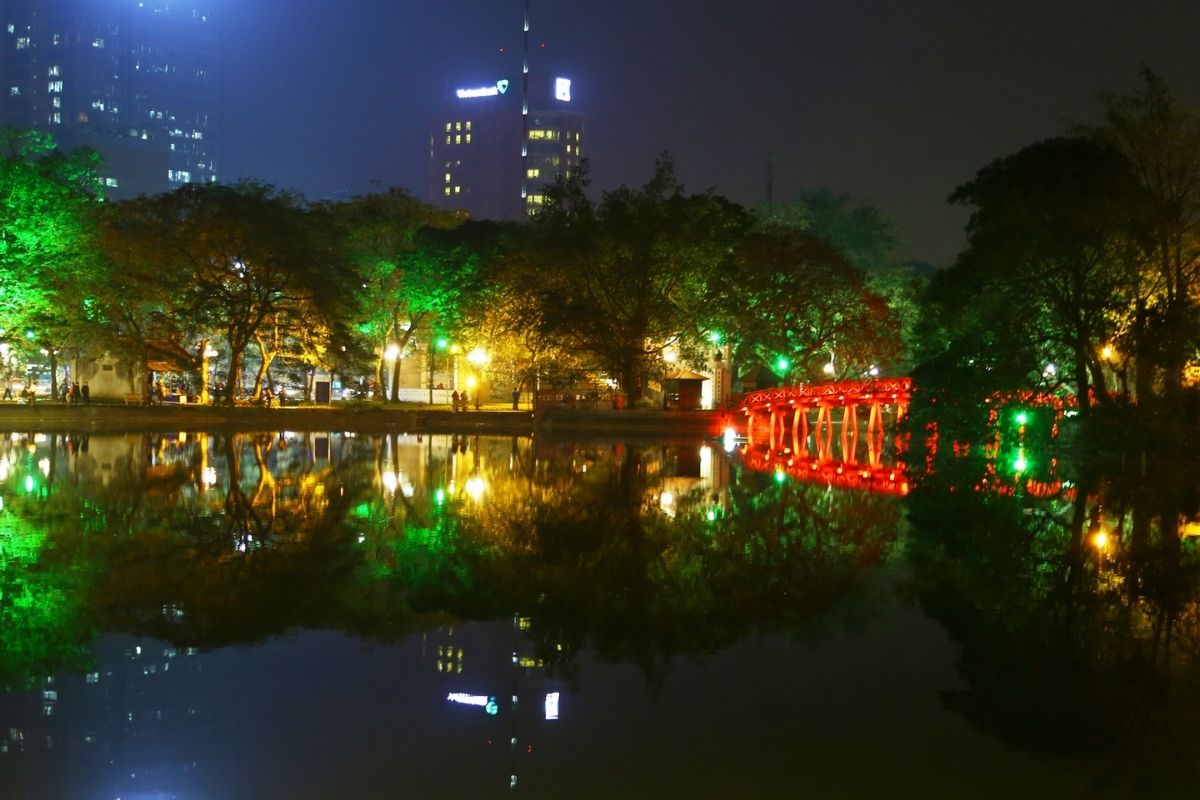
Nightview of Hoan Kiem Lake
Hanoi’s most iconic landmark is the serene Hoan Kiem Lake, located just south of the Old Quarter.
The main attraction on the lake is the small island, accessible via a red bridge, which houses Ngoc Son Temple. This temple is dedicated to three significant figures in Vietnamese history: La To, the patron saint of physicians; the esteemed scholar Van Xuong; and the 13th-century general Tran Hung Dao, who defended against the Mongol invasions.
Another tiny island in the southern part of the lake features the sturdy Turtle Tower, best viewed from the bridge.
Address: Dinh Tien Hoang Street
3. Admire the Temple of Literature
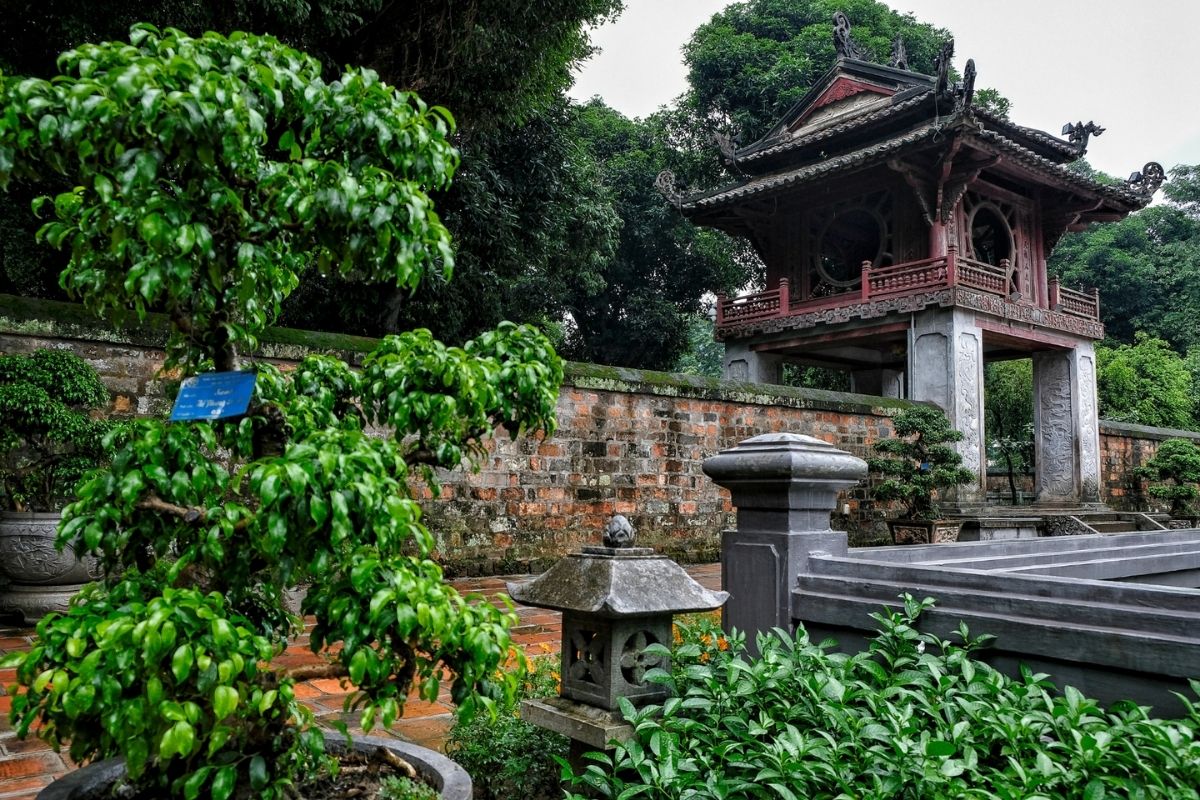
The Temple of Literature
Hanoi’s most fascinating religious building is this serene Confucian temple, originally established as a university in the 11th century.
Today, the Temple of Literature honors the nation’s scholars.
In medieval times, it was a center for teaching Confucian philosophy and literature. Near the entrance, you can still see the names of students etched into a series of pillars.
Inside, manicured gardens lead to pavilions and a well-preserved pagoda housing a statue of Confucius.
Address: Quoc Tu Giam Street
4. Visit the Ho Chi Minh Mausoleum
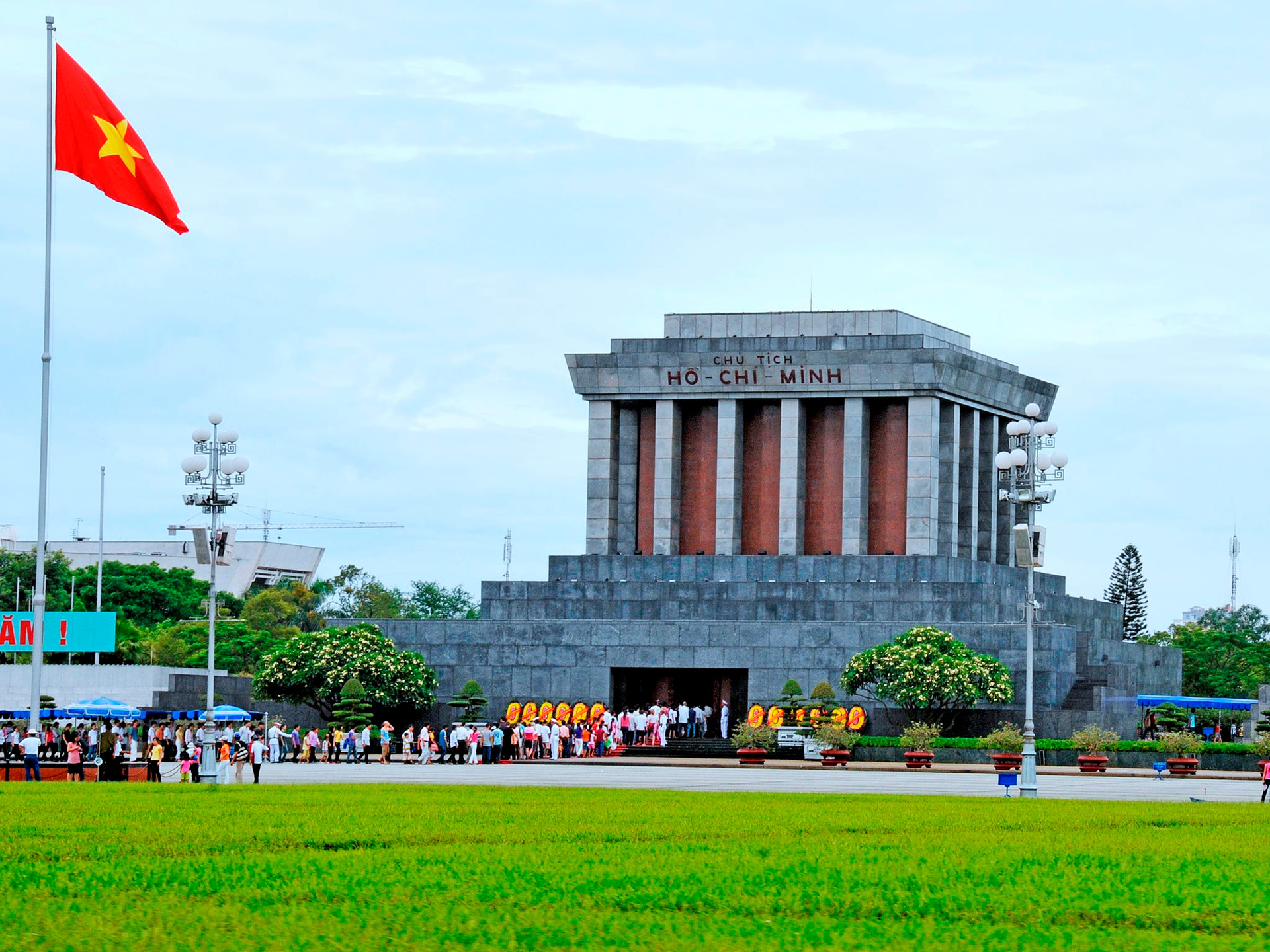
Ho Chi Minh Mausoleum
A place of pilgrimage for many Vietnamese, the Ho Chi Minh Mausoleum is a sprawling complex within the city’s gardens, housing the tomb of Ho Chi Minh along with various museums and monuments.
The mausoleum itself is an austere marble building where Ho Chi Minh’s embalmed body rests in a glass case.
Within the complex, you’ll find the Ho Chi Minh Museum, featuring an eclectic collection of his personal memorabilia and extensive information on the Vietnamese Revolution.
Also worth visiting is the stilt house, once home to Ho Chi Minh, which is excellently preserved, and the One Pillar Pagoda, a reconstruction of the original 11th-century temple destroyed by French colonial troops.
Address: Ngoc Ha Street
5. Explore the Exhibits at the Vietnam Museum of Ethnology
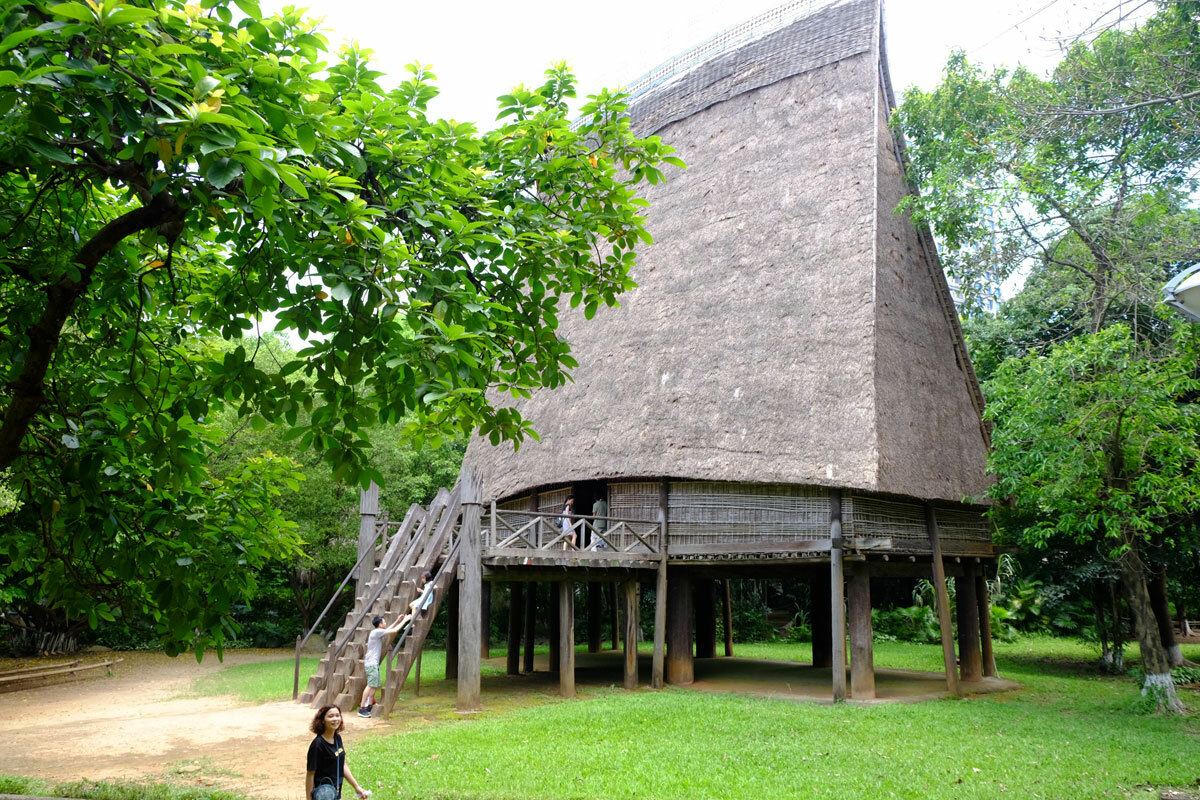
The Vietnam Museum of Ethnology
A must-visit for museum enthusiasts and history buffs, Hanoi’s Vietnam Museum of Ethnology houses an extensive national collection that tells the story of Vietnam’s diverse cultures through well-curated exhibits.
The museum highlights the numerous ethnic minorities in Vietnam with beautiful displays of artifacts and art, showcasing wooden carvings, metalwork, and traditional costumes.
Outside, the garden area features some of the most intriguing exhibits, including rural dwellings used by various ethnic minorities and the fascinating Giarai tomb.
Address: Nguyen Van Huyen Street
6. Visit Hoa Lo Prison Museum
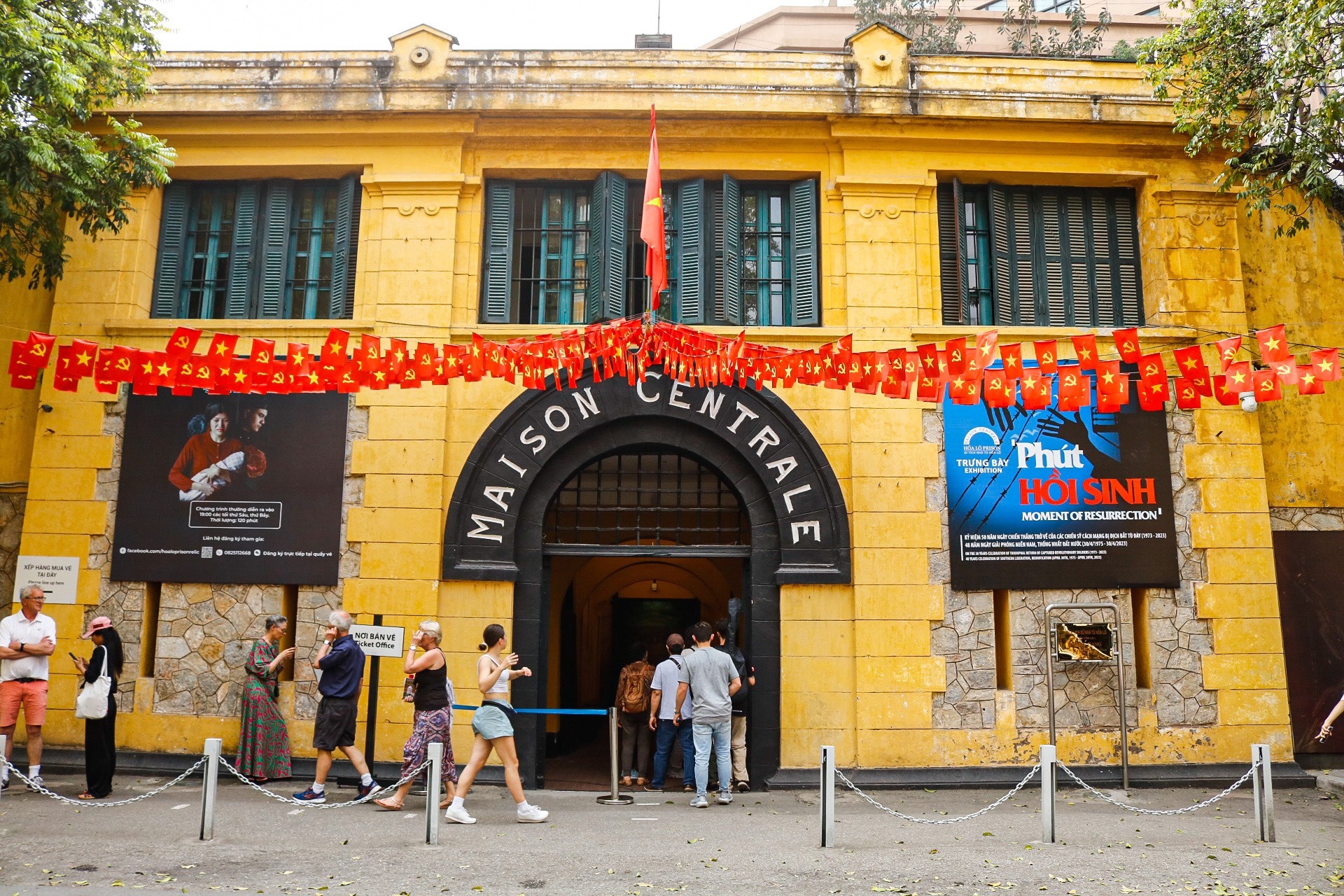
Hoa Lo Prison
Built by the French colonial government in the late 19th century, Hoa Lo Prison Museum originally housed Vietnamese revolutionaries and dissidents of French rule.
For many foreign visitors, it’s better known as the prison where American POWs were held during the Vietnam War (referred to as the American War in Vietnam). The most famous former prisoner is John McCain.
The prison grounds include communal jail cells, solitary cells, a courtyard, and the guillotine used by the French.
The museum provides extensive information on Vietnam’s struggle against French colonial rule, detailing the harsh conditions prisoners endured.
Two rooms focus on the American POWs held here, featuring a video documenting their imprisonment and release, along with personal mementos of the prisoners.
Address: Hoa Lo Street
7. Watch a Show at the Water Puppet Theatre
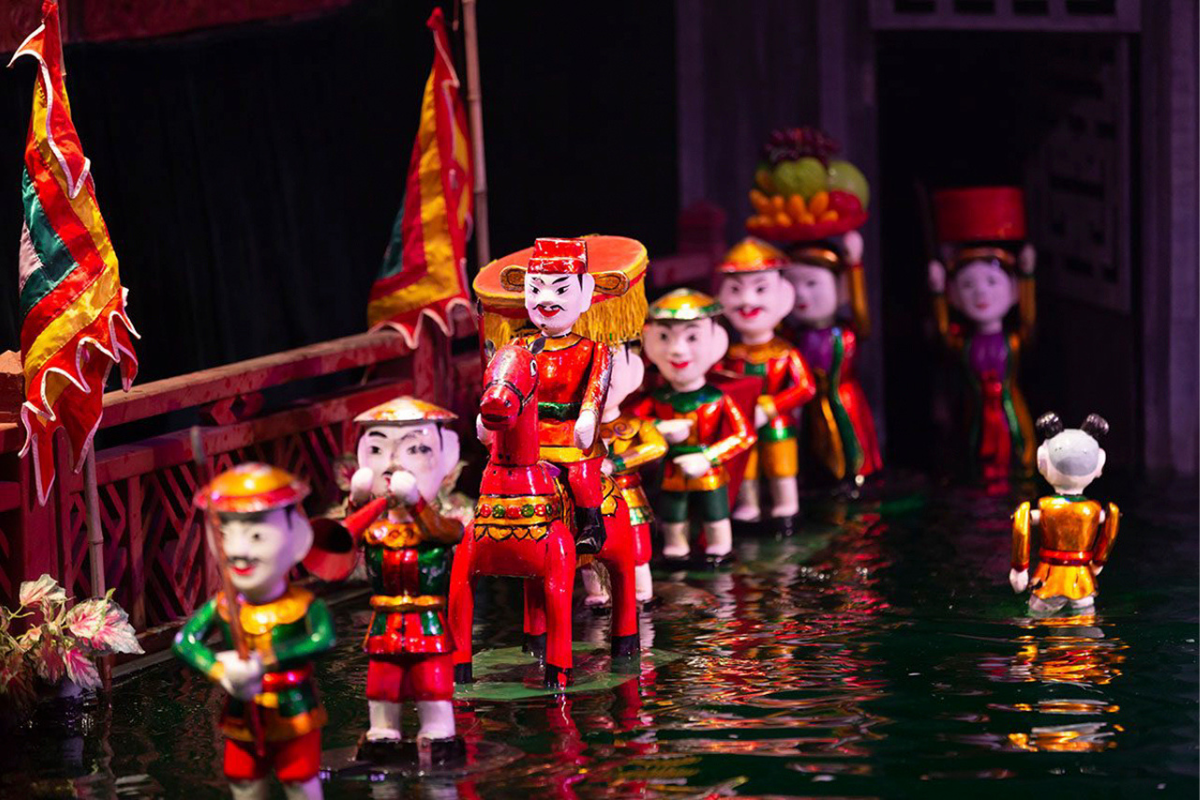
Water Puppet Show
Hanoi’s water puppet shows offer a delightful glimpse into traditional Vietnamese artistry and entertainment, making them an excellent evening activity, especially for families with children.
This ancient art form originated in Vietnam’s rural areas during the monsoon season when paddy fields were flooded. Today, performances are mostly held in custom-made water pools.
Shows typically depict well-known local legends and are accompanied by a live band playing traditional Vietnamese instruments.
Hanoi is the epicenter of contemporary water puppet theater, with five shows daily at the Municipal Water Puppet Theatre.
Address: Dinh Tien Hoang Street
8. Discover the Imperial Citadel
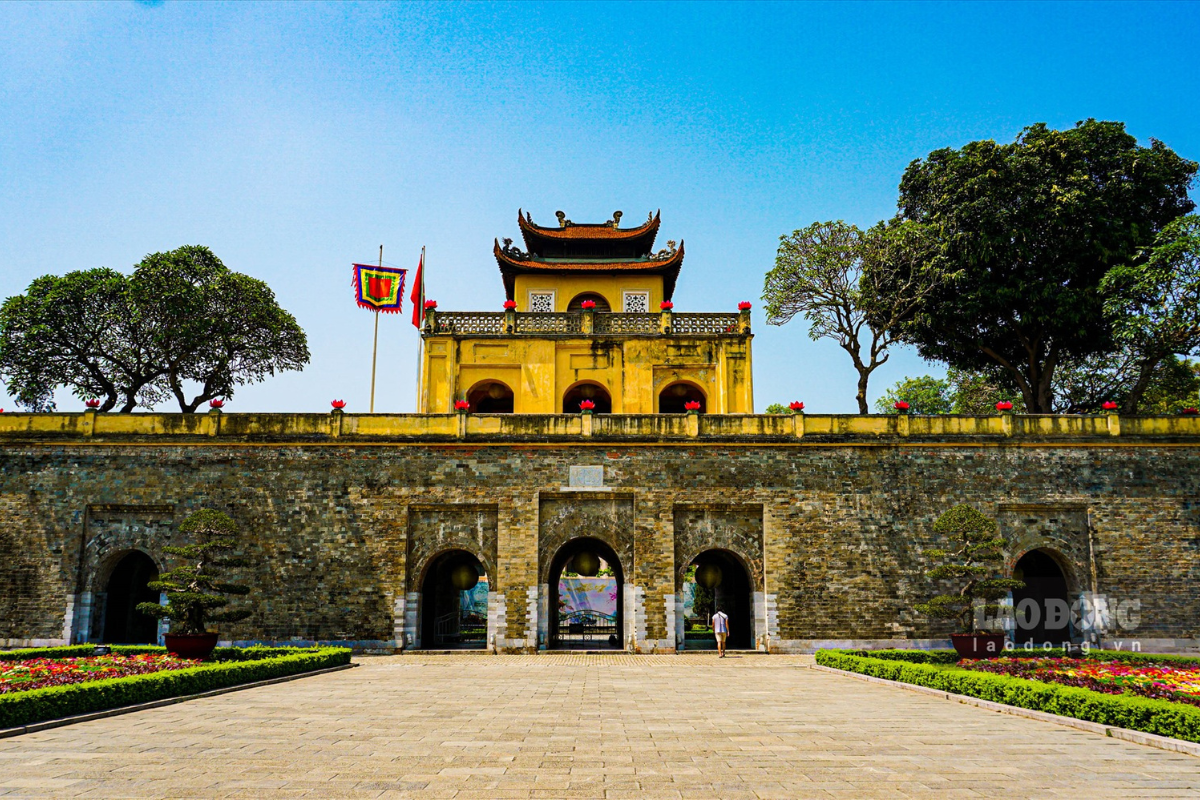
The Imperial Citadel
Although it may not seem impressive at first glance, Hanoi’s Imperial Citadel was once the vital seat of military power and continued to play a strategic role up to the 1960s and the Vietnam War.
Recognized as a UNESCO World Heritage Site in 2010, the citadel’s 1,000-year history is highlighted by archaeological discoveries, including the foundations of various palaces that once stood here.
The site also features a bunker from the Vietnam War, displaying military maps and implements.
Address: Hoang Dieu Street
9. Photograph Hanoi’s Train Street
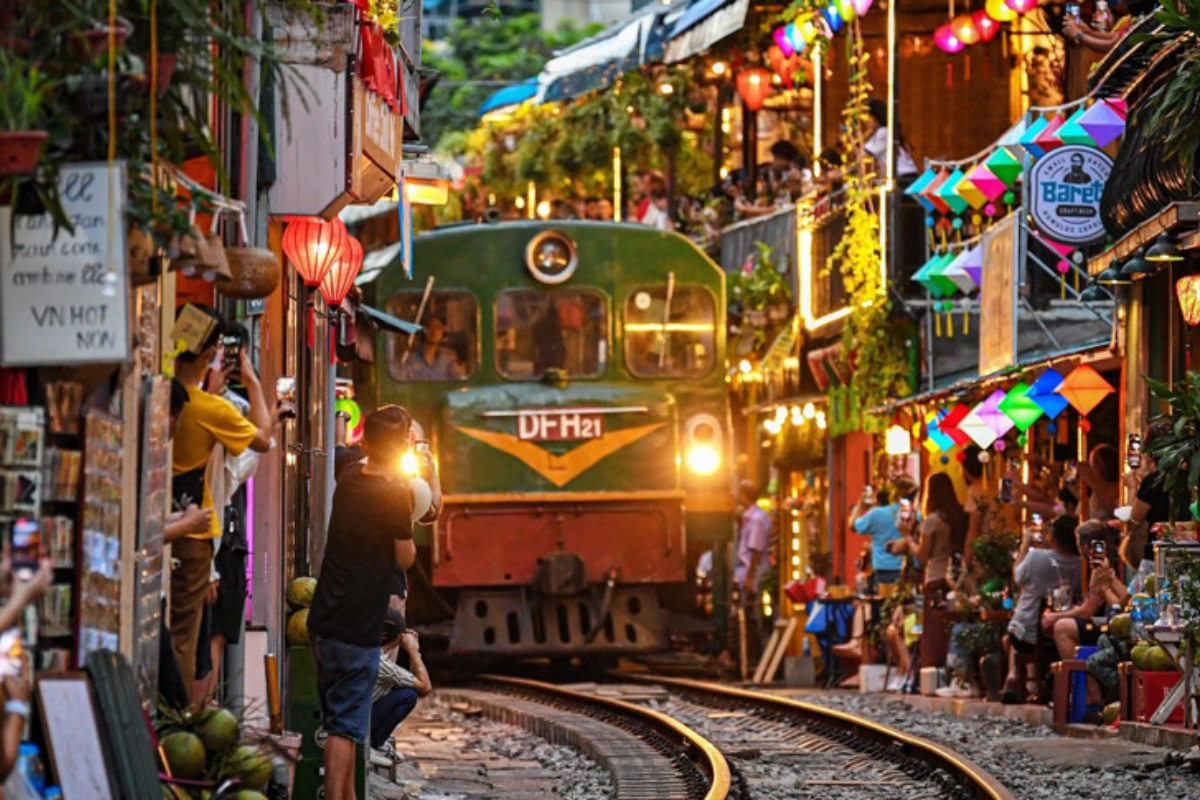
Hanoi's Train Street
This narrow alley and its train line, located about halfway between the Imperial Citadel and St. Joseph’s Cathedral in central Hanoi, has gained worldwide fame for the trains that pass with only about a 20-centimeter gap between the train and the houses.
In 2019, the government banned tourism on the street and shut down the alley’s cafés due to safety concerns caused by tourists not moving out of the way of oncoming trains.
Since then, some cafés along the route have reopened. If you’re here to photograph the trains, be sure to follow the instructions of the locals and café staff just before the train passes.
The train schedule changes regularly, but there are usually more opportunities to see the trains on weekends.
Address: Tran Phu Street
10. Boat Trip to the Perfume Pagoda Complex
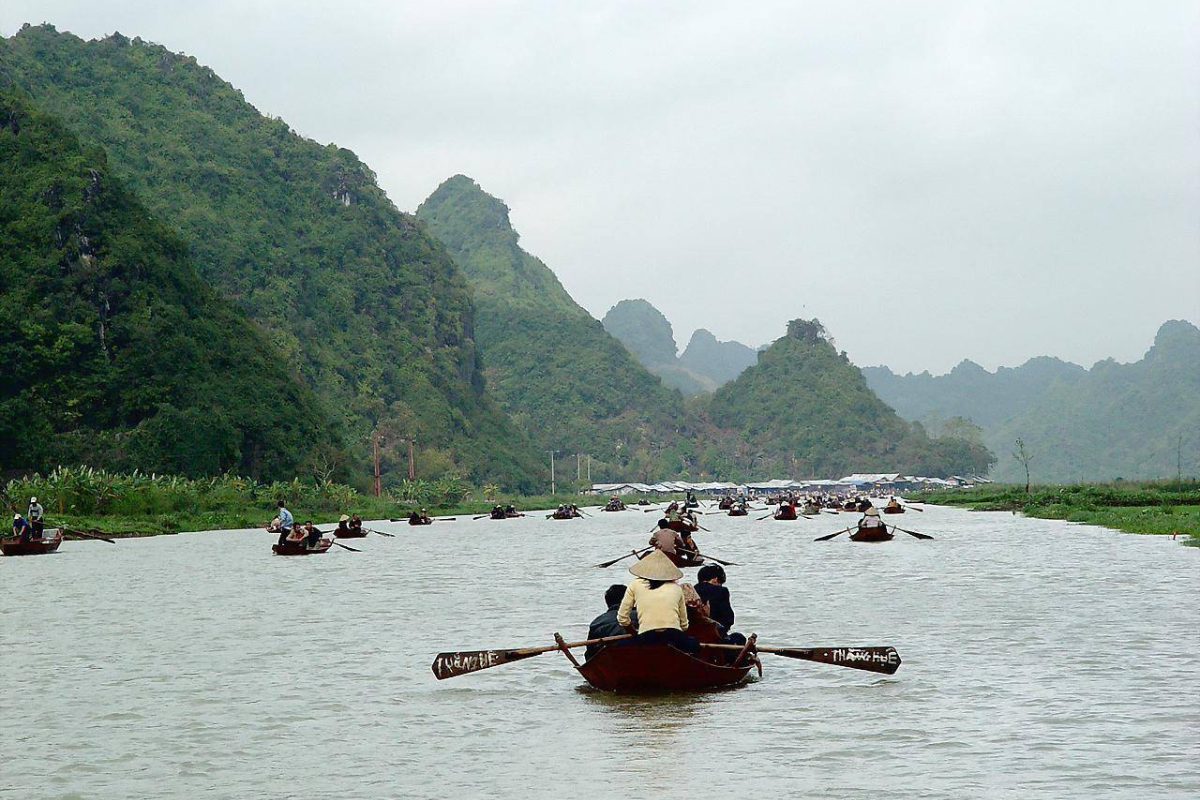
Boat Trip in Perfume Pagoda
Set on the slopes and clifftops of Huong Tich Mountain, the Perfume Pagoda (Huong Pagoda) is a popular day trip from Hanoi, offering both scenic beauty and spiritual significance.
After a 60-kilometer drive south from the city, you can reach the Perfume Pagoda by taking a one-hour boat ride along a river flanked by lush karst mountains. From there, you can either take a cable car with stunning aerial views of the mountains or hike up to the temple complex.
The pagoda complex is an important pilgrimage site for Vietnamese visitors, who come to leave offerings for cures for childlessness, health issues, and other concerns.
11. Explore the Hanoi's Military History Museum
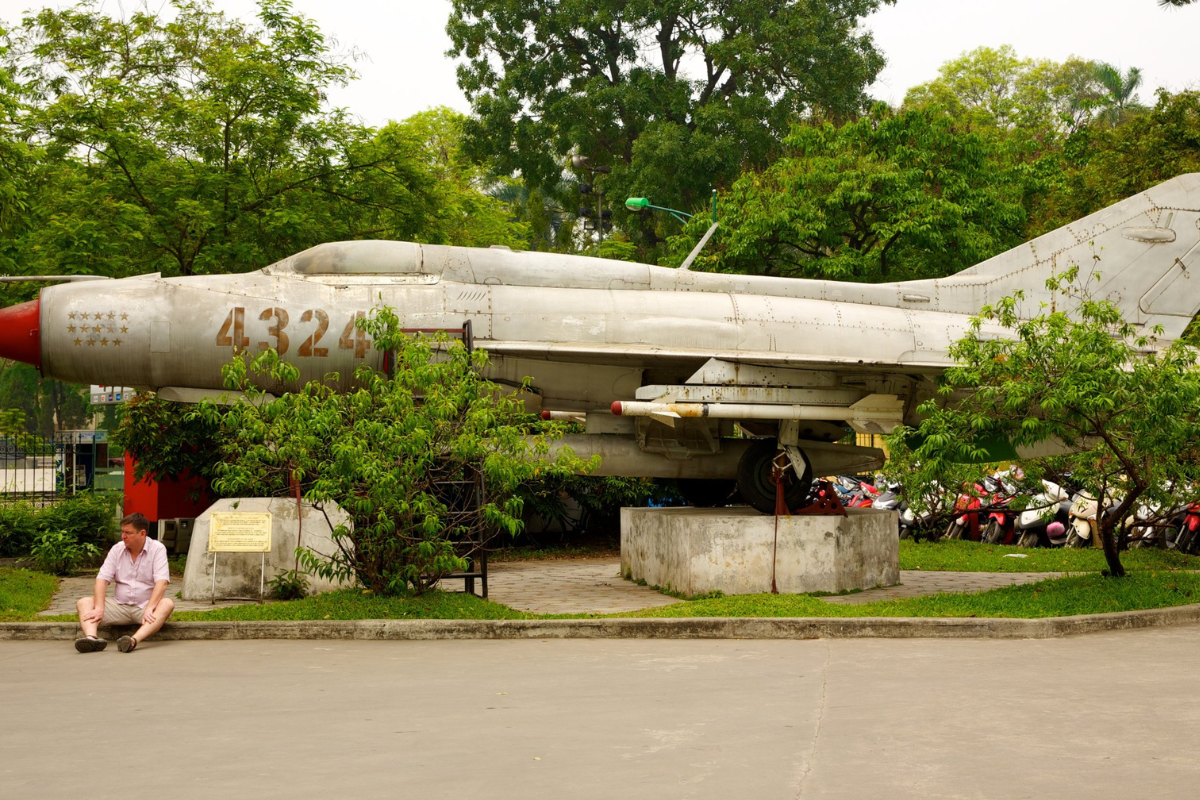
The Hanoi's Military History Museum
The courtyard outside this museum showcases an eclectic mix of weaponry and military machines, including downed French and US planes, tanks, and a Soviet MiG fighter plane.
Inside, you’ll find extensive information on the wars with both France and the USA, along with exhibits of weaponry, which will interest those keen on Vietnam’s 20th-century history.
For the average visitor, the displays and information panels may not be particularly well-organized, but the museum is worth a visit for its courtyard filled with planes surrounding a sturdy flag tower.
Address: Dien Bien Phu Street
12. Visit Hanoi's Fine Art Museum
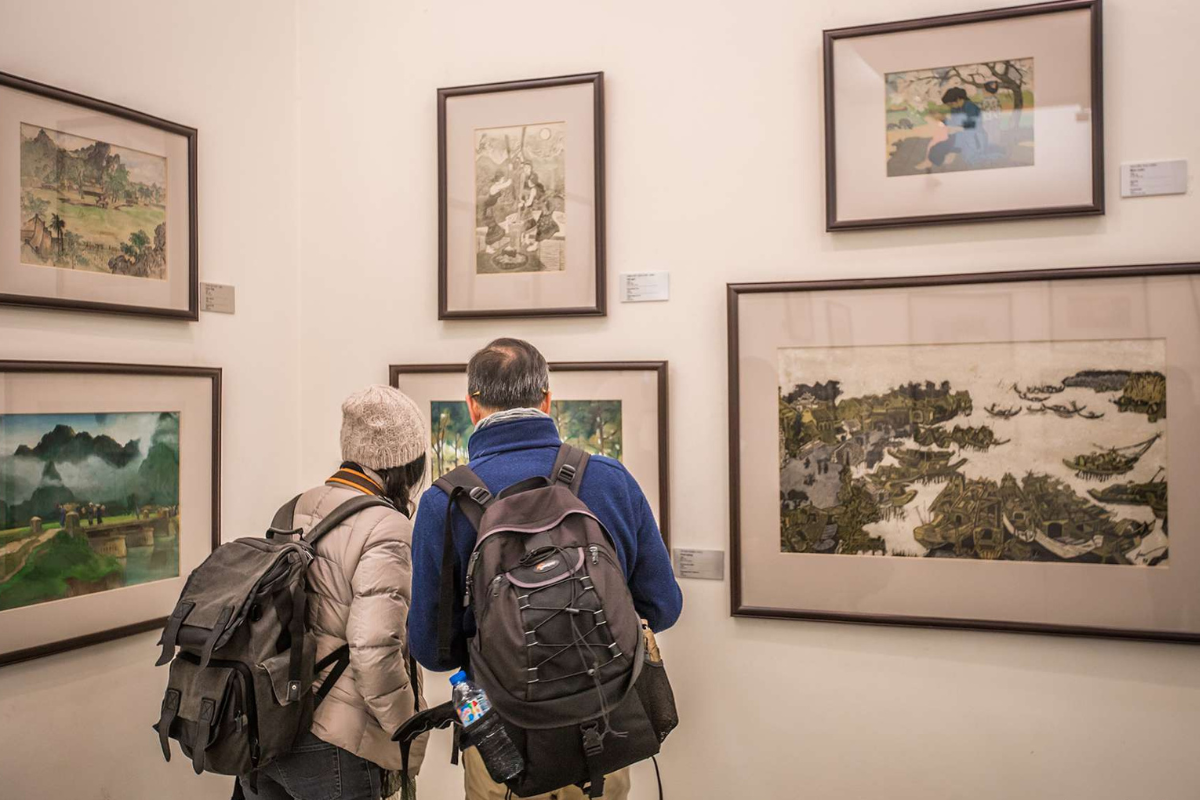
Hanoi's Fine Art Museum
Art lovers and museum enthusiasts should not miss this museum, which showcases Vietnamese artistry from prehistoric times to contemporary works.
Highlights include terracotta and stone sculptures from the Tran and Champa Dynasties, Buddha statues from the Mac and Le Dynasties, and intricate statues of the goddess Guan Yin.
The museum also features an extensive collection of 11th- and 12th-century ceramics and a substantial gallery dedicated to folk art.
Address: 66 Nguyen Thai Hoc Street
13. Enjoy the City Views at West Lake
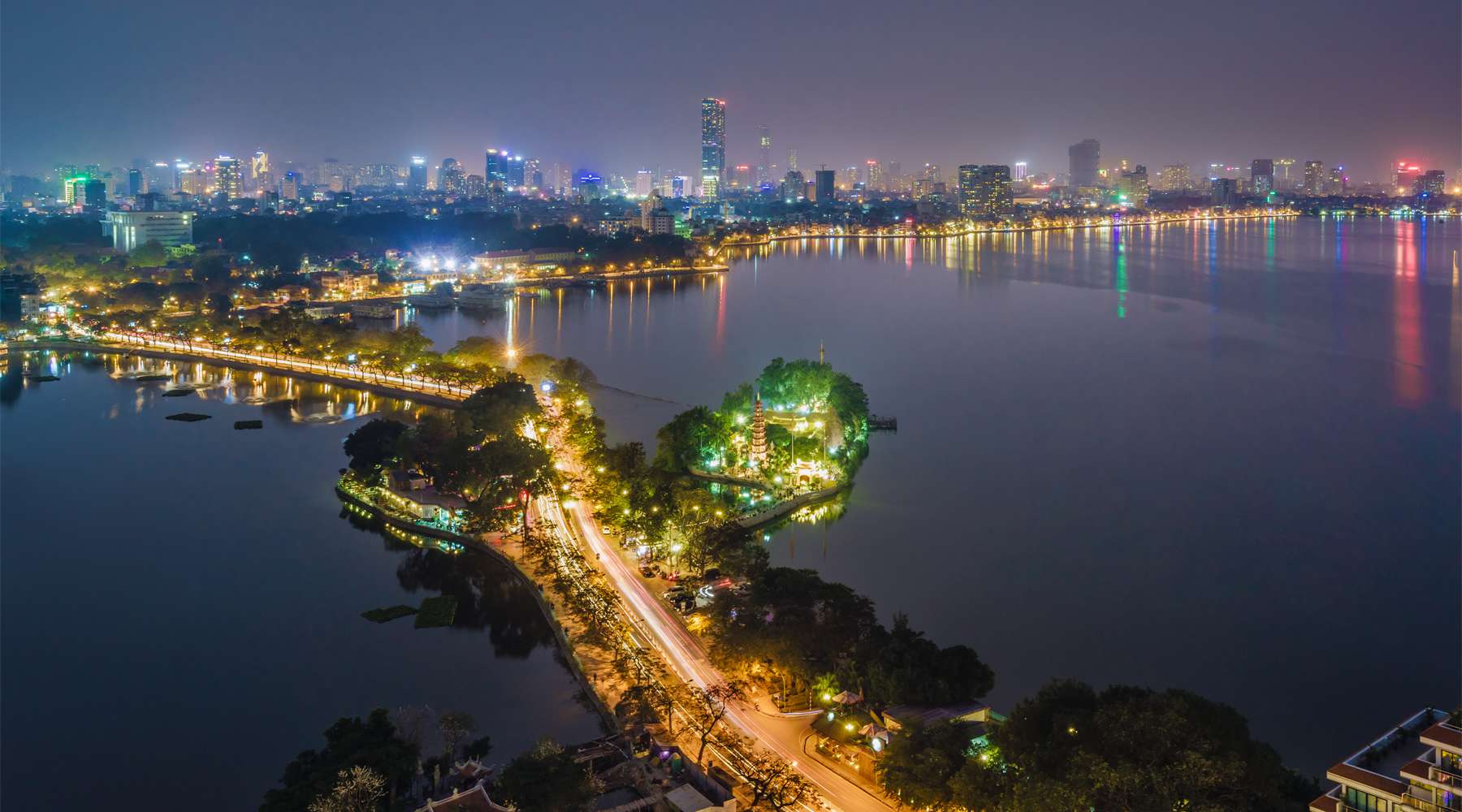
West Lake City Nightview
Tay Ho (West Lake) is Hanoi’s largest lake, with a shoreline stretching for 15 kilometers.
Many locals come here to exercise by walking or cycling along the pathway that rings the shore. There are also two notable temples in the area.
Tay Ho Pagoda is beautifully dedicated to the mother goddess, while Tran Quoc Pagoda is one of the oldest temples in Vietnam, though it has been rebuilt several times.
For most travelers, West Lake offers a great place to enjoy skyline views of modern Hanoi and to savor fresh seafood at one of the many lakeside restaurants. West Lake is located off Thuy Khue Street.
14. Admire the Hanoi’s Memorial House
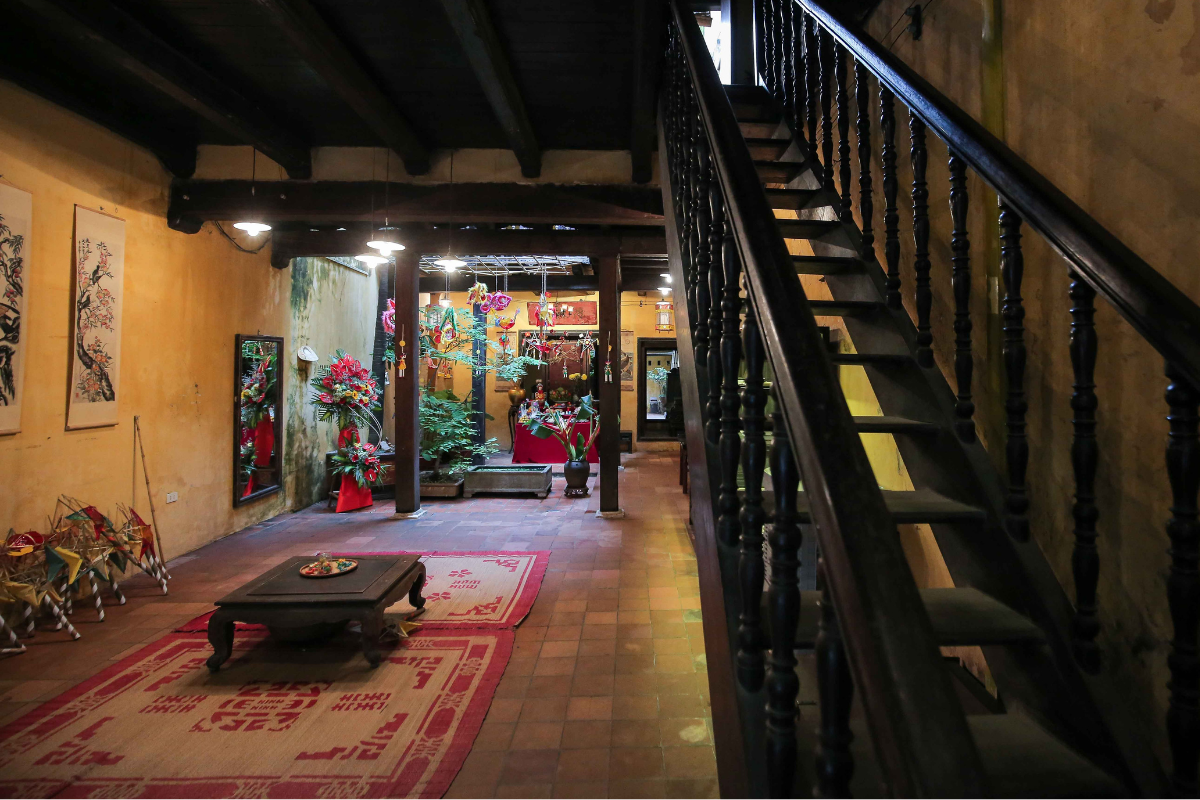
The Hanoi’s Memorial House
For anyone curious about what life was like for Hanoi’s locals in earlier times, a visit to Memorial House is a must.
This beautifully restored merchant house, located in the Old Quarter, is furnished to resemble a typical merchant’s home, filled with antiques and everyday objects from centuries past.
The house features traditional architectural elements, with courtyards providing outdoor space and designed according to the ancient tradition of feng shui to ensure good energy flow.
In some rooms, you can watch traditional craftspeople at work, practicing calligraphy and basketry.
Address: Ma May Street
15. Day Trip to Co Loa Citadel
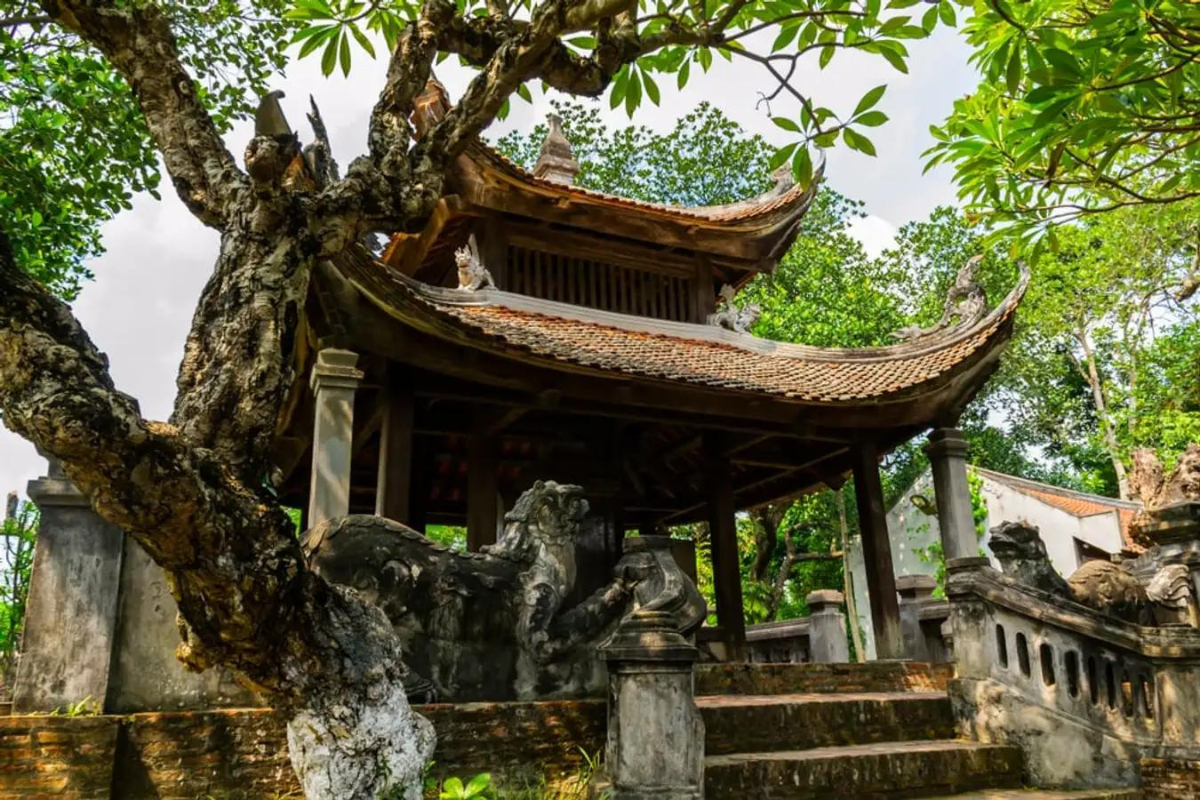
Co Loa Citadel
Just 16 kilometers northeast of central Hanoi, Co Loa Citadel is a fantastic day trip destination. This fortified settlement is one of the most significant archaeological sites in the area and has been inhabited since the Bronze Age.
As the capital of the northern Vietnamese Kingdom of Au Lac in the 3rd century BCE, it is considered the earliest capital in Vietnam.
The site includes remains of the earthen ramparts, which once stretched for five kilometers, and a collection of temples from various eras, with the youngest dating back to the 16th century.
16. Shop in the Artisan Villages of Hanoi's Hinterland
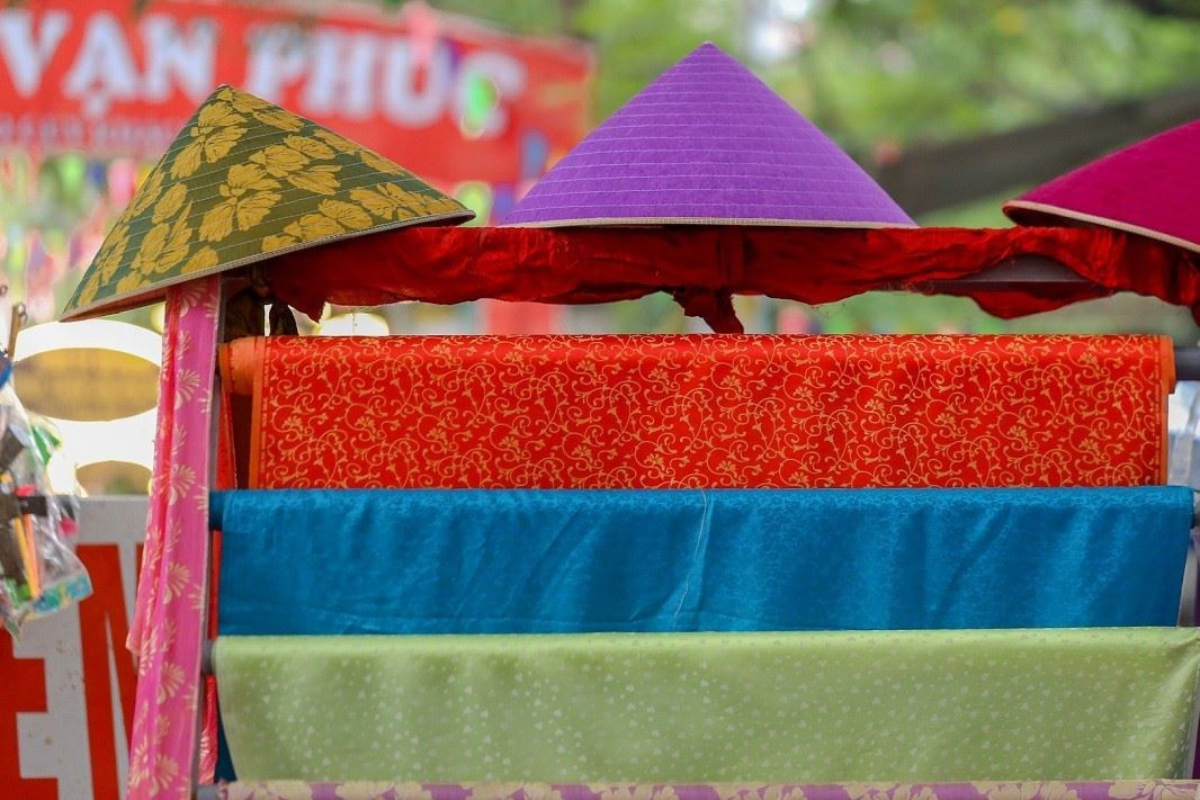
Product silk from Van Phuc Village
Several villages on the outskirts of Hanoi are renowned for their traditional craftwork, making them excellent destinations for souvenir shopping.
For silk products, visit Van Phuc Village, located 10 kilometers southwest of central Hanoi. The shops here offer a variety of silk clothing and accessories, all produced by the village’s skilled weavers.
Bat Trang, about 16 kilometers southeast of the city center, is famous for its ceramics. You’ll find numerous large stores selling ceramics at prices lower than those in central Hanoi’s boutiques.
